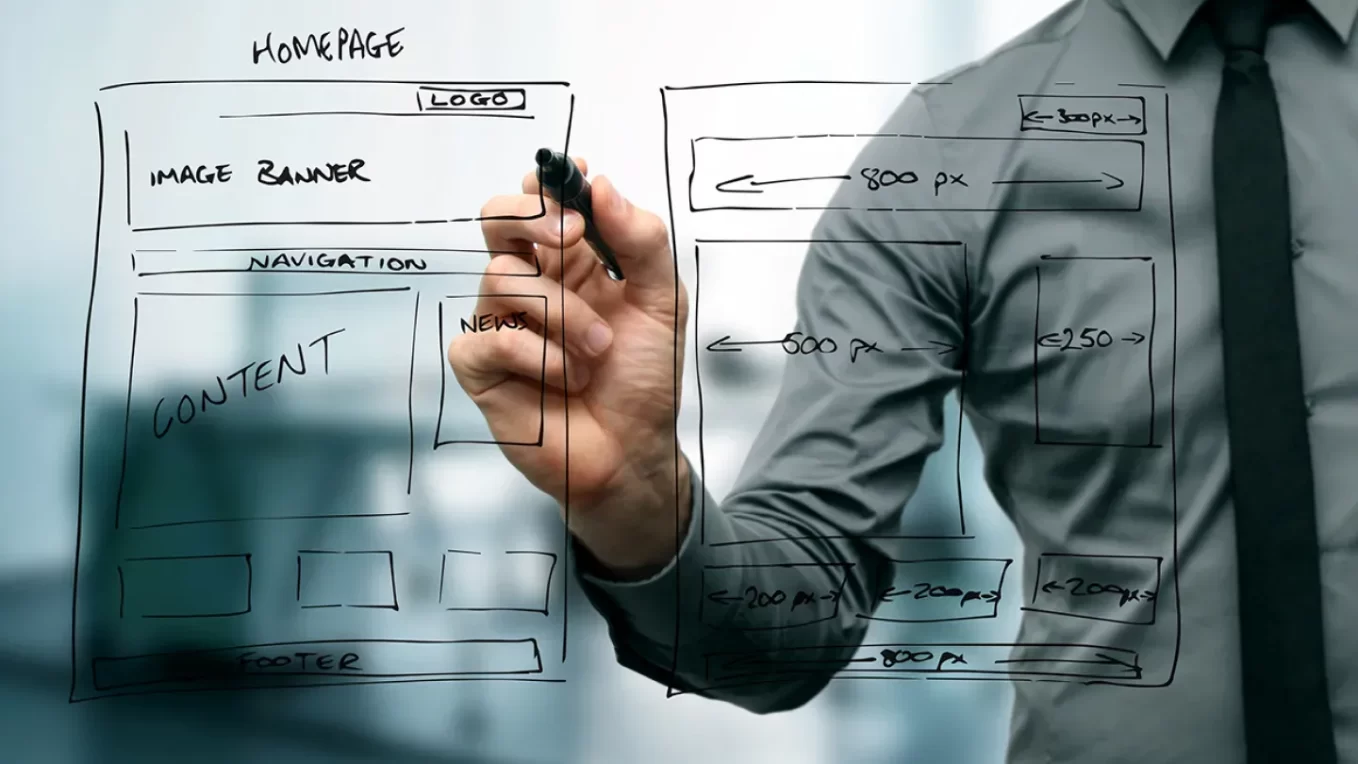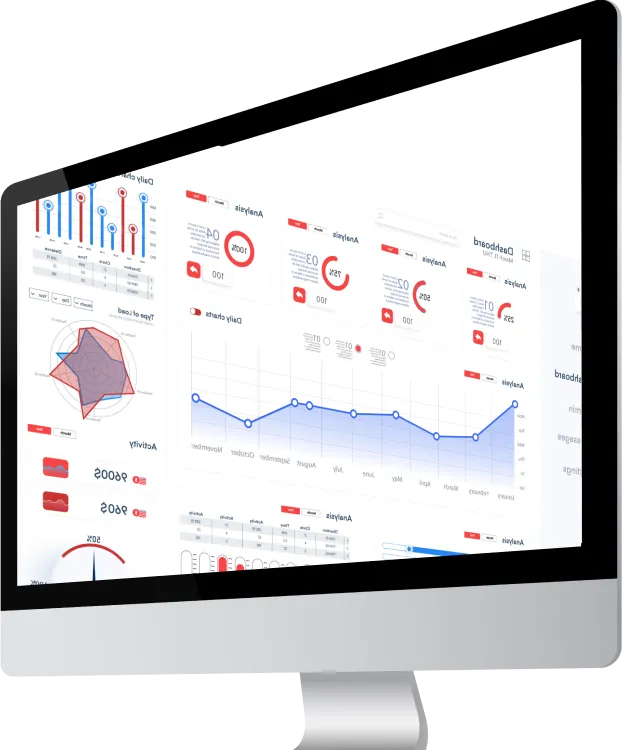Why create an interactive site?
To differentiate yourself: this is one of the biggest trends in web marketing in recent years. Your interactive site can sometimes be the first point of information about your business. A different site allows you to get ahead of your competitors. Showing your assertive identity captures the attention and reassures the consumer.
To facilitate the consumer journey: This is about offering personalized content so that the consumer understands that we care about their expectations. He will find the answer to his question on your site so easily that it will increase his capital of confidence.
To make the user act: being comfortable on your page, the user is confident. No element can disturb its course. He will necessarily reach his goal and it will be much easier for him to take action.
To build loyalty: After finding what he needs, he leaves your site satisfied. A satisfied customer is much easier to retain. His outstanding experience will allow him to remember your site as a reference in his field.
How can I get an interactive site?
Many answers can be provided. It all depends on your industry. For example, an e-commerce site will look for consumer interaction (convert the visit into a purchase, rating a product, comment on the service, etc.). A blog will focus on creating regular content to build traffic. A showcase site will seek to highlight its products/services to make the Internet user understand the usefulness of its offer…
There is however a common point to all these activities on the web: to promote the experience of the user on his website. Make it dynamic and easy to use. Give the Internet user the best solution to his request, in order to ultimately build loyalty.
UX Design uses many tools to achieve this goal. It is above all a way of thinking, of building a project. Marketing has an important place, but we must not forget the design and interface creation part.
Here is an exhaustive list of important tools for creating an interactive website:
Develop personas
These are your targets, the Internet users you are going to try to reach. Following your research (questionnaires, satisfaction surveys, surveys, etc.), you can study these personas to understand their expectations, behaviors and consumption habits. After drawing and understanding their portraits, you can create one or more final groups that will follow you throughout your UX reflection.
Creating a userflox
To make your site understandable and easy to use, you must plan the path of your visitors, think how far you want to take them.
Can you imagine launching a product without knowing its end use and without having tested it before? Of course not. With your personas, you can think about the different scenarios and journeys the user can take. In the end, the development of a userflow makes it possible to guide your prospect to his answer without being disturbed in his search.
Create relevant content
As said before, the consumer is already saturated with information. You have to capture his attention as quickly as possible, create a pleasant path for him and lead him to his final goal. The content you write is an important part of an interactive site. If what you offer to the Internet user satisfies him, he will be more likely to buy, give his opinion and be active on your page.
Integrate animations into your site
In order not to lose the attention of your target, it is forbidden to leave static content, long texts or develop a site without illustrations. We are talking here about UI Design (User Interface). Think about choosing the right icon kit, finding the right animation to attract attention, making a product dynamic and interactive to make it easier to understand…
You have to shake up their perception of traditional websites. Your interactive site must give it this impression of never seen before.
He must not get tired of his navigation. Make him forget the last article he read in The Times. The brain must be in perpetual action.
Making your site fun makes it possible to mark the user. Animations, whether it is the effect on a button, an interaction point on a product or a simple video, have 5 objectives: to keep the attention of the Internet user, to guide him towards his answer and to generate emotions. The last being the move to action (purchase, comment, call, etc.) and the loyalty of the prospect.
In the end, you can add an SEO strategy that will complement a complete strategy.
Thanks to SEO, your site appears in the first search results. UI and UX Design make your site attractive and easy to use. The Internet user emerges from his experience conquered. Your bounce rate drops dramatically and your traffic increases visibly.
In conclusion, it is important to properly integrate this notion of UX Design. All these phases of marketing reflections before the development of your site are essential to develop a good interactive site.
But UX does not go without UI Design. It is an inseparable combination. After thinking about the user’s journey, you need to put in place a neat and playful design that encourages the user to act.

